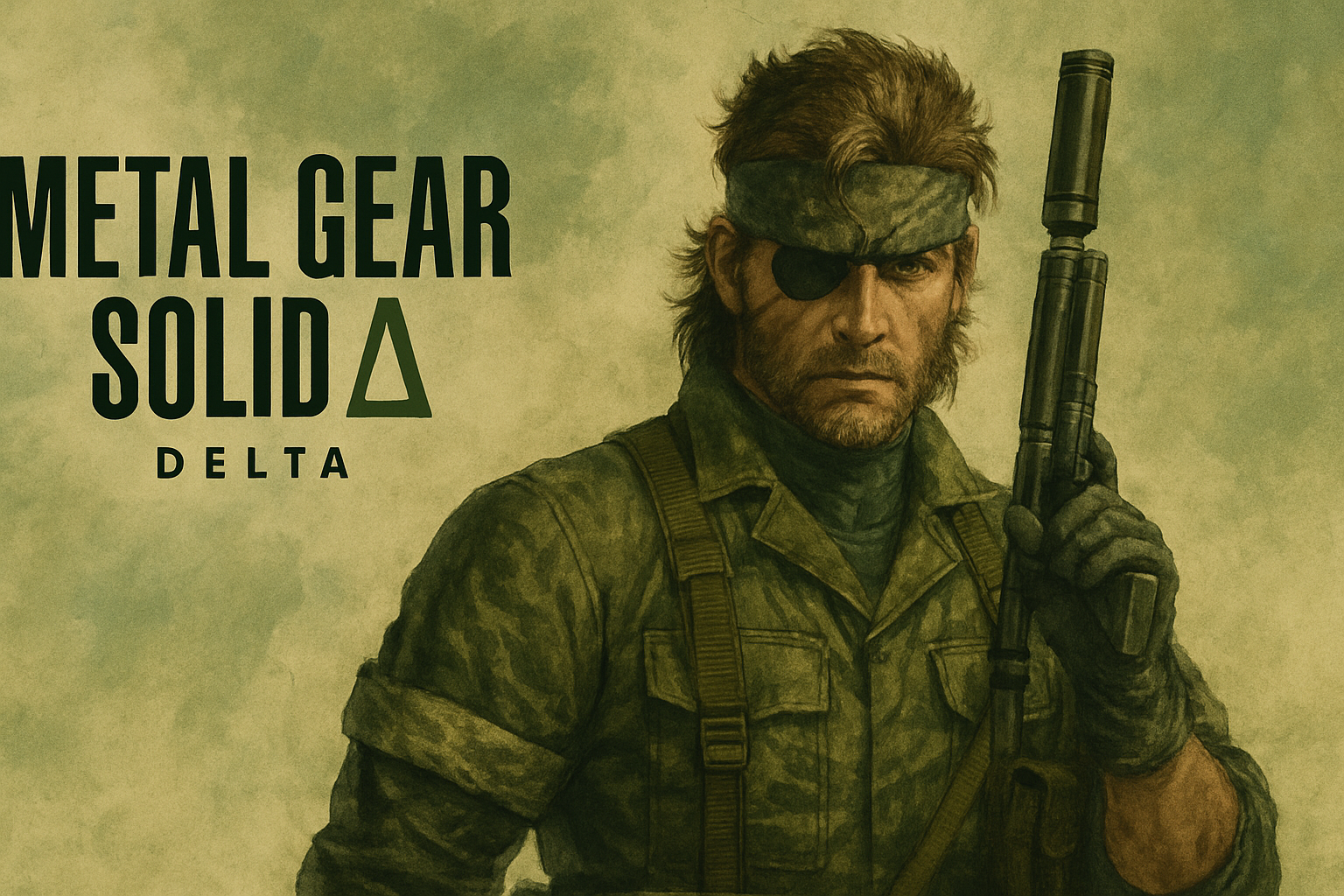
The announcement of Metal Gear Solid Δ (Delta): Snake Eater sparked excitement and curiosity among fans of the iconic stealth-action franchise. As a remake of Metal Gear Solid 3: Snake Eater, a game considered one of the greatest in video game history, expectations are high. With modern enhancements such as improved graphics, quality-of-life features, and a reimagined camera system, MGS Δ is looking to offer a refined experience. However, while the updated camera simplifies gameplay, Konami has countered this with increased difficulty to keep the challenge alive.
One of the most significant updates in free crazy games online is the introduction of a modern third-person camera system, reminiscent of recent open-world games and contemporary action titles. The original Snake Eater, released in 2004, had a fixed, top-down camera that often made navigating environments and executing stealth maneuvers more difficult. Players had to rely on radar and trial-and-error tactics to track enemy movements, adding to the game’s tension but also frustration.
With the modernized camera in play best games online, players now have full control over the camera, allowing for a more dynamic, immersive, and intuitive experience. Being able to rotate the camera around Snake’s position enables players to assess their surroundings, study enemy patrol patterns, and plan their movements with greater precision. The frustration of blind spots or unexpected enemy encounters is minimized, as players can now get a clearer view of the environment.
This shift makes the gameplay more accessible to new players, especially those who may be unfamiliar with the intricacies of older stealth games. Navigating jungles, swamps, and enemy bases becomes more manageable, without the constant need to check the radar. It also enhances the visual storytelling, as players can appreciate the detailed environments and atmospheric tension that were hallmarks of the original game.
While the modern camera system simplifies certain aspects of gameplay, Konami has ensured that MGS Δ remains a challenging experience by significantly increasing the difficulty in other areas. In the original Snake Eater, players could often rely on mastering the fixed camera and enemy AI behaviors to breeze through certain sections. However, Konami seems intent on raising the stakes for veterans and newcomers alike in the remake.
One of the ways they’ve done this is by improving enemy AI. Enemies in MGS Δ are more alert, adaptive, and responsive than in the original game. They now have improved vision, hearing, and movement patterns, making stealth infiltrations far more difficult. For instance, enemies are more likely to notice small movements, hear rustling in bushes, or spot Snake from greater distances. This forces players to be more cautious and thoughtful about their actions, as reckless movement or poor planning will be swiftly punished.
The environments themselves have also become more interactive and challenging. While the modern camera lets players see more, the jungle itself is a living, breathing threat. The dense foliage that can serve as excellent cover for Snake also harbors dangers like venomous snakes, hostile wildlife, and booby traps. Konami has reportedly made these environmental hazards more dynamic, meaning that even with the improved camera, players will have to stay vigilant at all times.
Konami’s approach to MGS Δ is a careful balancing act. By modernizing certain elements, such as the camera and visual presentation, the game feels more fluid and approachable for today’s audience. However, increasing the difficulty ensures that the hardcore, tactical nature of the original game remains intact. This push-and-pull dynamic between modern convenience and old-school challenge is likely to appeal to both long-time fans and newcomers who are experiencing the Metal Gear Solid series for the first time.
The game’s core mechanics remain rooted in the stealth-action genre that Metal Gear Solid popularized, but with added layers of complexity. Players will still have to manage their camouflage, monitor stamina, and deal with Snake’s injuries in the field. These systems, which made Snake Eater stand out in 2004, are still present, but Konami has reportedly made them more nuanced and demanding. For example, healing injuries now takes more time and resources, and maintaining camouflage requires more attention to detail as enemies are better equipped to spot Snake in a variety of environments.
As Konami revives one of its most beloved franchises, Metal Gear Solid Δ could set a new standard for modern stealth-action games. The blend of traditional mechanics with modern design principles has the potential to appeal to a wide audience. For long-time fans, MGS Δ promises to capture the magic of the original while adding enough fresh challenges to keep the experience engaging. For new players, the modern camera and quality-of-life improvements lower the entry barrier, making the game more accessible without sacrificing its tactical depth.
Metal Gear Solid Δ represents an exciting evolution for both the franchise and the stealth genre. While the introduction of a modern camera system simplifies some aspects of the gameplay, Konami’s decision to increase the difficulty and enhance enemy AI ensures that the game remains as challenging and rewarding as ever. Whether you're a veteran of Snake Eater or a newcomer to the series, MGS Δ promises to deliver a rich, immersive, and fiercely challenging experience that honors the legacy of the original while pushing the boundaries of modern stealth gameplay.